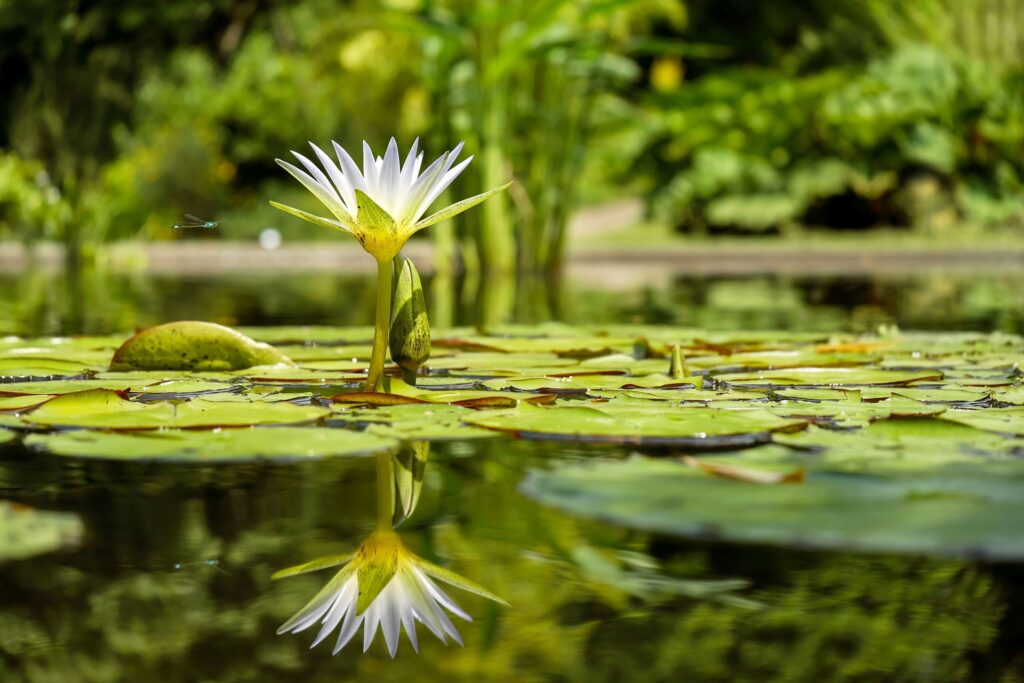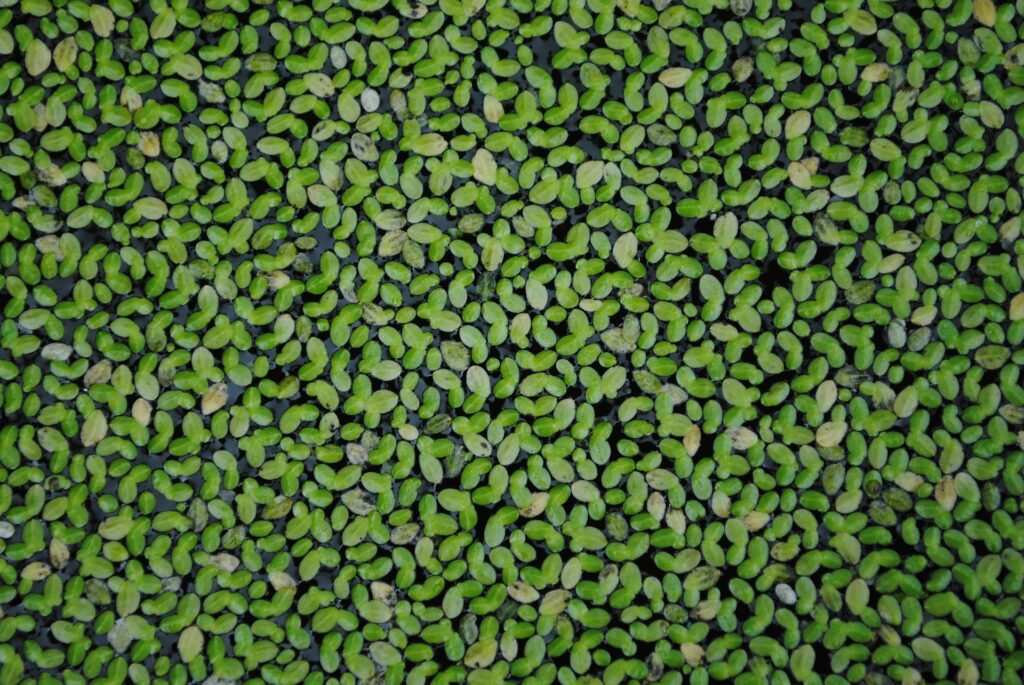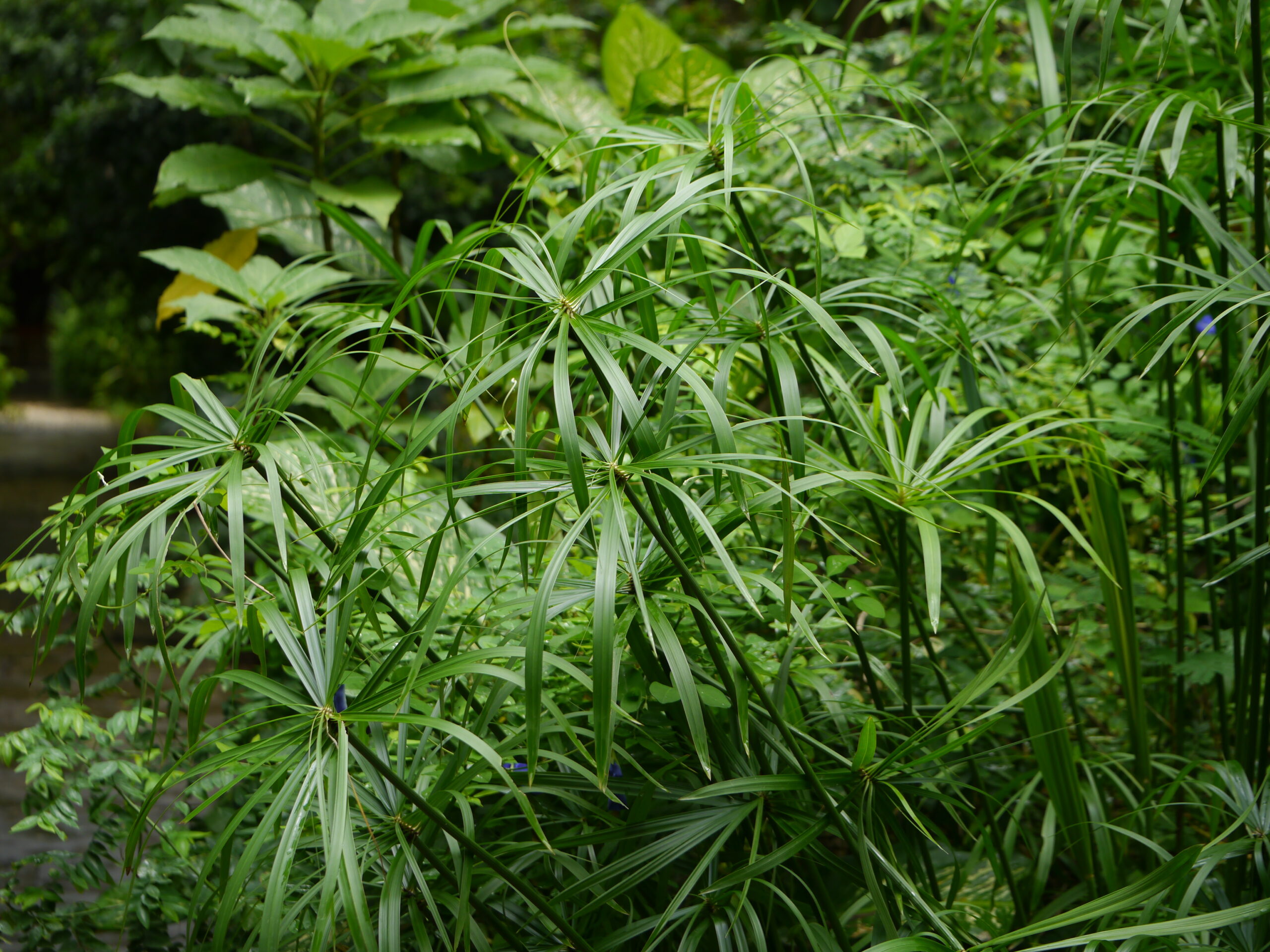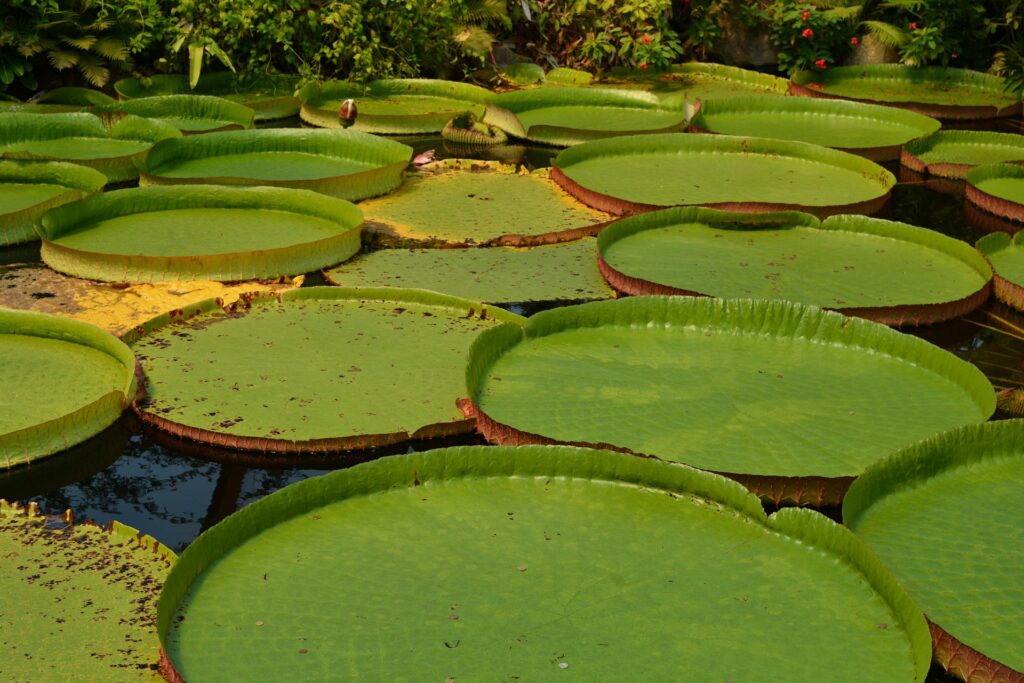When we imagine aqua plants, we often think about lush rainforests or leafy ferns bursting from the earth. But did you know that there are some plants that require no soil at all? In fact, there are countless plants that prefer to grow underwater instead of on the land.

Known as aqua plants, these unique species have evolved to survive without the need for soil, with some thriving in rivers, lakes and even the ocean. Because of their unique habits, these plants are often used to decorate gardens and home aquariums.
These days, aqua plants can make a beautiful addition to any outdoor space, especially if your garden comes with a pond or water feature. So if you want to learn more about these aqua plants, then you have come to the right place.
RELATED: Keep Your Garden Alive All Year Round With These 13 Small Evergreen Shrubs
In the following article, we have compiled a list of aquatic plants from around the world, so that you can learn more about the different species and their characteristics. We have also included some interesting information about each plant and its significance.
So if you want to know more about aquatic plants, this article has everything you need to get started…
1. Calla Lily (Zantedeschia Aethiopica)
For the first entry on our list, we have chosen the calla lily, a flowering plant native to the African continent that is known to grow in streams and ponds.

Despite its name, the calla lily does not belong to the lily genus and is instead an aquatic species known for its tubular flowers, which come in shades of white and yellow.
The plant is the national flower of the island nation of Saint Helena and can be submerged in water without drowning.
2. Amazon Frogbit (Limnobium Laeviatum)
Amazon frogbit is a popular aquatic plant that is native to Central and South America, where it can be found growing on the surface of rivers and lakes.

When still young, the plant will have flat leaves, while mature members of the species will have emergent foliage that floats on the water.
Nowadays, amazon frogbit is used for its ornamental purposes, as the plant can look very beautiful when grown in ponds and home aquariums.
RELATED: 17 Amazing Types Of Amazon Plants (Including Photos)
3. Parrot’s Feather (Myriophyllum Aquaticum)
Parrot’s feather is an aquatic plant native to South America, where it grows underwater and is capable of reaching a foot above the surface.

The species is so named because of its feathery foliage, with the plant boasting narrow lobes that range in color from blue to green.
In the spring, the aquatic plant will begin to flourish due to the rise in temperature, as the species is known to thrive in warm waters.
4. Mosquito Fern (Azolla Pinnata)
While this plant looks similar to duckweed, the mosquito fern is an extremely productive species that can cover entire bodies of water with its floating leaves.

Native to several continents, the aquatic plant takes its name from the fact that it can act as a natural mosquito repellent, which deters the insects from its habitat.
Because of this and the plant’s nutritional value, the fern is commonly used as a food source for fish and is a recommended species to have in your tank.
5. Hornwort (Ceratophyllum Demersum)
Hornwort is an excellent plant for ponds and aquariums, as it can produce fresh air in the water and benefit several species of fish.

Despite its secure appearance, the aquatic plant is actually rootless and features swaying leaves in shades of green and blue.
These days, the weed can provide a comfortable breeding ground for koi fish, with the plant also being a delicious food source for the common goldfish.
6. Duckweed (Lemna Minor)
Otherwise known as bayroot, duckweed is a popular aquatic plant that can be found in many countries around the world, where it forms on the surface of lakes.

In recent years, the species has been cultivated as a nutritious food source for animals such as cattle, swine, poultry and fish.
However, the plant is also used in ponds and aquariums to maintain nutrient levels and reduce algae – a member of the genus (Asian watermeal) is also known to produce the smallest flower in the world.
7. Water Hyacinth (Eichornia Crassipes)
The water hyacinth is a flowering plant that can grow fast once it has been established, with the species being found in Europe and New Zealand.

Each specimen is capable of blooming as many as 20 flowers, which take the form of towering buds in shades of purple and blue.
Because of this, the water hyacinth has become a popular addition to water gardens and indoor greenhouses, where it will flourish in moist conditions.
8. Creeping Jenny (Lysimachia Nummularia)
Once upon a time, the creeping jenny was used as ground cover, with the aquatic plant also featuring in herbalism as a treatment for wounds and scars.

Since then, the species has been introduced into gardens for ornamental purposes, where it can look beautiful floating on ponds and climbing between rocks.
In the summer, the plant is known to produce small cup-shaped flowers, which come in shades of yellow and white.
9. Rough Horsetail (Equisetum Hyemale)
The rough horsetail is a wonderful plant for adding dimension to your ponds, as the vertical stems can reach up to 3 feet tall when fully matured.

Since the species is known to grow fast in the water, many gardeners will grow the plant in a container before placing it in the pond, as this helps to stunt its growth.
Despite its name, the aquatic plant is extremely toxic to horses and other livestock, which is why it should be avoided by farmers and equestrians.
10. Lotus (Nelumbo Nucifera)
Renowned for its eye-catching appearance, the lotus is an aquatic plant native to the Asian continent, although it can now be found in gardens across the world.
RELATED: 10 Different Plants That Start With L (Including Photos)

Capable of producing large flowers that spread up to a foot wide. The species comes in numerous colors and is sometimes mistaken for the common water lily.
When the plant has bloomed, the flowers will float on the surface of the water until winter. Which makes it a popular choice for water gardens and ponds.
11. Umbrella Palm (Cyperus Alternifolius)
The umbrella palm is a grass-like plant that can be found across the African continent. Where it needs a copious amount of water to survive.

Because of this, the plant has been introduced to gardens across the world. Where it grows commonly in ponds to assuage its needs.
The only setback is that the large fronds can grow notoriously fast. Which is why gardeners will grow the palm in containers to maintain its shape and size.
12. Water Forget-Me-Not (Myosotis Scorpioides)
Water forget-me-nots are small aquatic plants that can be found across Britain and Europe. Where they will commonly thrive in streams, ditches and swamps.

Because of their beautiful flowers, the species has become a popular addition to gardens across the world. With the durable weed often being planted next to waterfalls and outdoor ponds.
Despite its dainty appearance, the water forget-me-not can survive full submersion and can even form floating islands of choppy rivers.
13. Dwarf Bullrush (Typha Minima)
Otherwise familiar as miniature cattails, this species of aquatic plant is native to Europe and Asia. Where it can be found in moist and temperate environments.

The plant itself is named for its distinctive feline appearance, which makes it a popular species for gardens and ponds.
Capable of reaching majestic heights. The plant is known for its ferocious nature and will grow notoriously fast once it has been established in a suitable water source.
14. Mosaic Flower (Ludwigia Sedoides)
The mosaic flower is an aquatic plant named for its diamond-shaped leaves. Which form a beautiful mosaic that floats on the surface of the water.

Despite its name, the species also produces yellow flowers during the spring and summer. With the plant commonly being found in the rivers of South America.
Because of its stunning formation, the mosaic flower is a great plant for outdoor ponds. As it can provide shade and food for the fish.
15. Water Lily (Nymphaea Escarboucle)
While water lilies bear a strong resemblance to the water lotus. They are different in how their leaves float on the water in the form of round pads.

The water lily is a popular aquatic plant that has remained a favorite of the human race for centuries, with the species being found in historical gardens across the world.
Despite their beautiful appearance. Water lilies are extremely durable plants and can make for the perfect addition to any outdoor pond.
16. Cardinal Flower (Lobelia Cardinalis)
Native to the Americas and southeastern Canada. The cardinal flower is an aquatic plant that is famous to grow along the banks of rivers and streams.

Defined by its towering stems, the species will flower during the summer months. Where it will produce luminous red spikes dripping with sweet nectar.
Because of its vibrancy and fragrance, the cardinal flower has become a popular addition to garden ponds. Where it can attract hummingbirds and dragonflies.
17. Giant Lily Pads (Victoria Amazonica)
This aquatic plant was named for Queen Victoria in 1837. It remains one of the largest species of water lily on the planet.

With a stem that is capable of growing to the same size and length as an anaconda. The most defining element of this plant is the lily pad, which can reach up to 10 feet in diameter.
RELATED: 17 Amazing Types Of Amazon Plants (Including Photos)
Despite being known for its stunning white flowers, the plant is also famous for its ferocious nature. As it will use its barbed leaves to crush the surrounding plant life. Allowing it to gain full access to the rays of the sun.
Conclusion
As you can see, there are countless species of aqua plants available. With each one boasting a unique set of characteristics that set it apart from the others.
So now that you understand more about these wonderful plants, why not add some to your outdoor pond. We promise you won’t be disappointed with the results.
We hope you learned something from this article, here are other articles that you can learn from:
44 Types of Delicious and Healthy Edible Mushrooms







